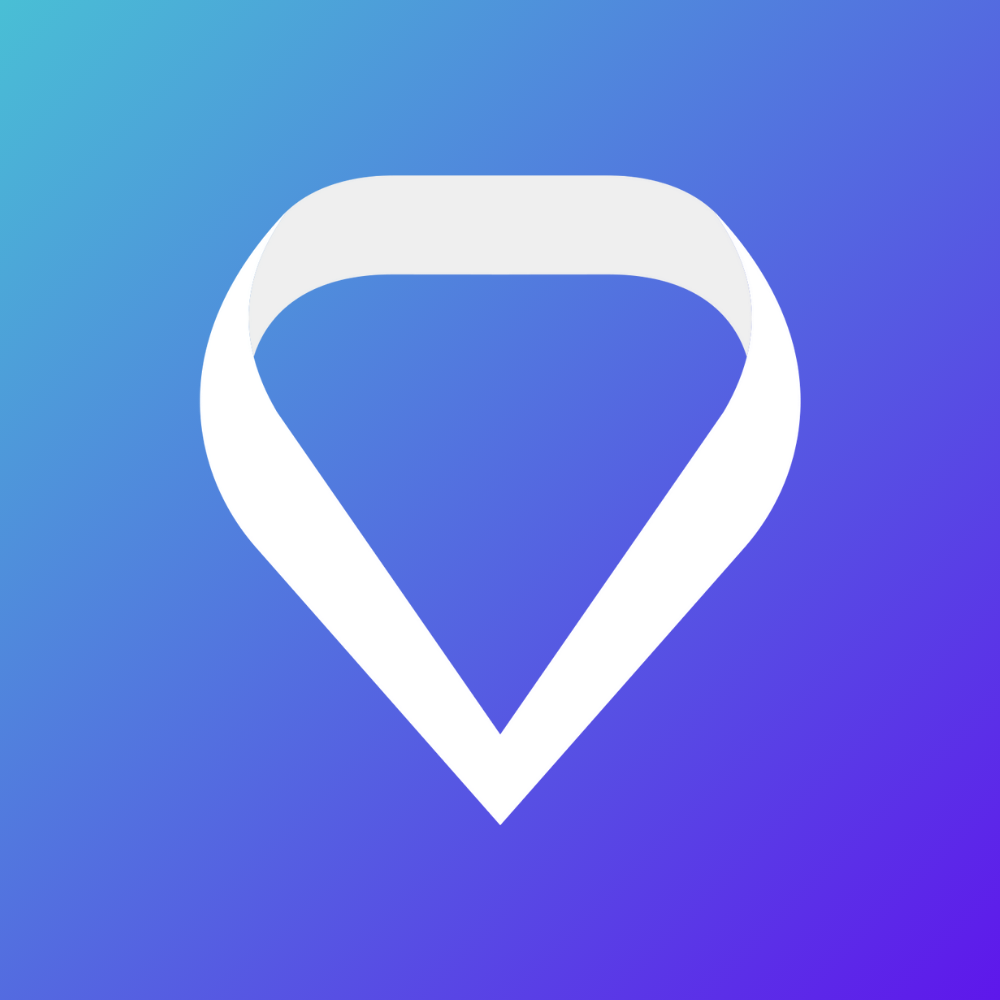Remote Patient Monitoring and Risk Stratification are Tools that Improve Patient Care
Risk stratification helps health systems assess patient health and gauge their needs. Thanks to AI and predictive analytics, risk stratification in Remote Patient Monitoring (RPM) can be done automatically and alert providers to even minor changes in patient health.
Using risk stratification helps hospitals and physicians assign a risk status based on data that reflects a variety of health indicators, lifestyle choices, and medical history. With a growing patient population and staffing shortages, automation is incredibly helpful in meeting ever-increasing patient demands.
As technology evolves, machine learning makes it possible to understand a patient’s benchmarks and monitor changes based on data from connected devices. This instant response guides practitioners in recommending telehealth or in-person appointments that can aid in reducing hospital admissions and keeping patients overall healthier.
Learn more about risk stratification, RPM, and how machine learning analytics can aid in meeting large patient population demands.
Why is Risk Stratification Important to Patient Engagement Practices?
Today’s healthcare model is value-based, meaning providers must offer the best quality care focused on patient health outcomes rather than the number of services they deliver. As health systems pivot to helping patients improve their health, reduce the effects and incidence of chronic disease, and live healthier lives, the need for great patient involvement has become evident. Engagement strategies help patients better understand their health conditions and treatment options. Risk stratification plays a role in that process.
In a sense, it allows care providers to assign their patients different risk statuses. That allows them to:
- Predict potential risks – Many hospital admissions and readmissions are preventable. Risk stratification allows care providers to identify patients most at risk based on data that reflects vital health indicators, lifestyle, and medical history.
- Develop care plans specific to the patient – Identifying the unique risks for each patient allows for better care planning and management.
- Identify population trends – Risk stratification is essential in assessing a population's risks.
Risk stratification helps caregivers determine the best way to engage patients in their healthcare. Low-risk patients will benefit most from annual checkups and preventative medicine. A patient with uncontrolled diabetes needs a more sophisticated approach, such as Remote Patient Monitoring.
RPM keeps the treatment objectives at the forefront of the patient's mind. It also keeps the primary care provider up to date on the effectiveness of the current treatment protocol.
What is RPM?
RPM is the new normal in healthcare, especially for chronic disease management. With RPM, providers access patient health data collected by remote devices. The monitoring devices can collect critical data such as:
- Blood pressure
- Blood oxygen levels
- Heart rate
The COVID-19 pandemic made it clear how essential Remote Patient Monitoring could be, and payers such as the Centers for Medicare & Medicaid Services (CMS) responded by providing more options for reimbursement. Even as the pandemic eases, the use of RPM is expected to continue because it offers a real benefit for better patient outcomes.
How AI, Machine Learning, and RPM Collaboratively Decrease Patient Risk
Patients expect to have access to virtual care options, especially if they have a chronic illness such as heart disease or diabetes. The more engaged a patient is in their care, the more able they are to follow care management plans.
There is added potential when AI and RPM collaborate. The extent of that potential is just being realized.
AI, Machine Learning Analytics, and RPM Help Trigger Interventions
The combination of AI and RPM allow for better identification of an existing problem and more timely interventions. For example, if a monitored patient's blood oxygen levels decline, care providers will know thanks to Remote Patient Monitoring. AI can further analyze the decline and predict the patient's needs. For instance, AI might predict emergency care needs within three months without intervention.
AI and RPM Improve Patient Engagement
RPM data and its analysis also play a role in risk stratification and patient engagement. If patients can see the impact of lifestyle changes via RPM, they are more likely to continue them. The data also indicates the various risks for the patient. Their risk drops if that person does better on new or re-imagined care strategies. If they continue to do poorly, the risk increases.
AI can also help guide patients as they try to manage their condition. For instance, AI may determine that patients need to increase their activity levels to lower their blood pressure. Based on analysis data, it might tell a diabetic to increase or decrease insulin levels.
AI Improves the Value of Remote Patient Monitoring
RPM is an effective healthcare tool and can be even more beneficial when paired with artificial intelligence. AI and machine learning add value to RPM by:
- Improving patient outcomes
- Reducing staff alert fatigue
In addition, these innovative technologies are significant assets in staff shortages or underserved communities. They are a tool care providers can use to better understand their patient's health and create a risk assessment of their needs.
The healthcare industry is making changes, and technology like Remote Patient Monitoring benefit both the patient and the care provider. Remote Patient Monitoring in collaboration with AI and machine learning may be the future of healthcare, and risk stratification is a critical part of that plan.

%20(1).png)


-2.jpg)

-2.jpg)